3. Heritage
Gainsborough exhibition
Compton Verney, Warwickshire
See 18th-century rural life
captures in oils in this tranquil art gallery
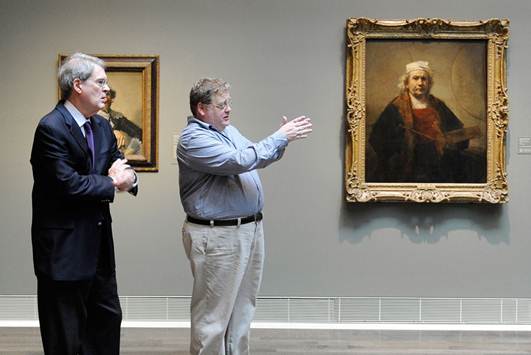
Gainsborough
exhibition
The changing fortunes of many the great
English country houses are encapsulated at Compton Verney. From barons to
billeted soldiers, suffragettes to secretive appeasers, and foxhunters to film
stars, the house has been all manner of occupants and uses.
Though the estate has roots stretching back
to medieval times, the house saw an Elizabethan and Stuart heyday when the
Verney family had links with the Grevilles of Warwick Castle. The beautiful
tombstone of Sir Richard Verney and his wife, Margaret Greville, found in the
private chapel, is really the only remaining evidence of this period. Today,
the house is the result of restoration of 18th-century designs by
Robert Adam. An award-winning modern art gallery is carefully incorporated into
this neoclassical architecture.
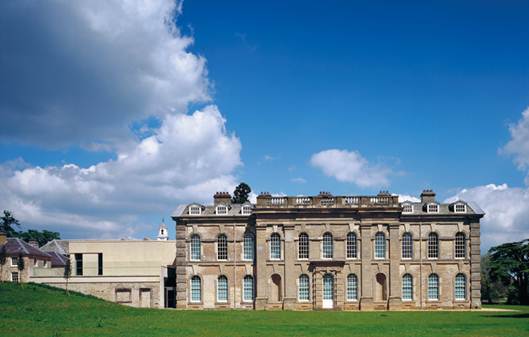
Compton
Verney, Warwickshire
You first glimpse the house through trees,
then its entire splendour is revealed as you pass between the for sphinxes of
the Upper Bridge. This impression is created thanks to the work of Capability
Brown, the great landscape architect. Brown replaced the straight lines of
formal gardens with more natural effects of changing views, framed by trees.
For the first time, landscape became the focal point for, not just then
backdrop to, grand country estates.
Gainsborough’s rural vision
So it is fitting that landscape is he
subject of one of Compton Verney’s exhibitions (currently running until 10
june). Thomas Gainsborough (1727 – 1728) may be best known for the society
portraits of his day, but his real inspiration lay in the English countryside.
The exhibition explores the Themes and Variations of this aspect of his work –
particularly the qualities of modesty, ease and humanity that he felt grew from
nature and which he sought to capture.

Thomas
Gainsborough (1727 – 1728) may be best known for the society portraits of his
day, but his real inspiration lay in the English countryside.
Gainsborough’s landscapes show influences
from both Dutch naturalism and Italian classicism, but his drawing reveal that
his key subjects were country people and their animals, often captured as they
paused in their work. The pauses are full of movement. A gust of wind blowing
at clothing, the twitch of the horse’s ear, water dripping from a cow’s mouth –
each is captured and placed as a small moment within the framing structures of
trees, rocks and watering places.
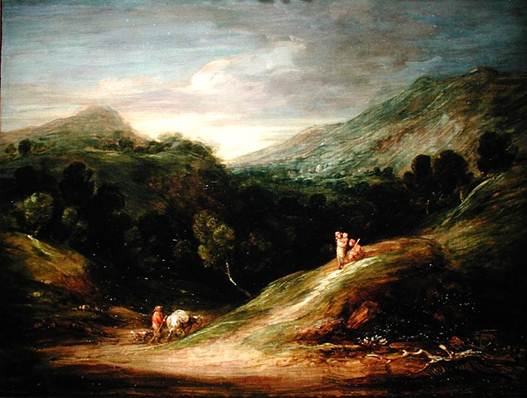
Gainsborough’s
landscapes show influences from both Dutch naturalism and Italian classicism
This exhibition is just part of the vast
range of work you can see at Compton Verney. Other highlights are the Folk Art
and Northern European rooms. You will leave felling that an artist’s work is
truly complemented by being displayed close to the outdoor world that inspired
it.
4. Singing ringing tree
Follow a haunting note across the Pennines
and you’ll find a wind-powered musical sculpture.
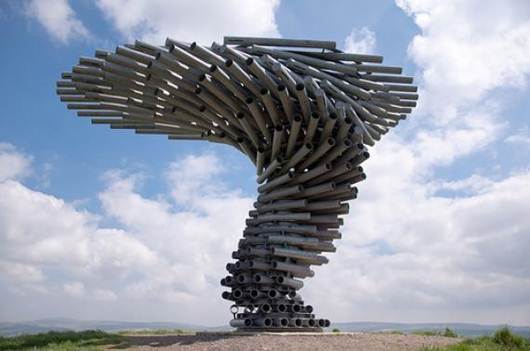
Singing
ringing tree
High above Burney, a penetrating chorus
drifts over the Pennines. The eerie sound emanates from the Singing Ringing
Tree, a wind-powered musical sculpture atop Crown Point.
Made up from cunningly fashioned steel
pipes, Mike Tonkin and Anna Liu’s award-winning sculpture takes the form of a
wind-blown tree and harnesses the Pennines’ wind power to create a haunting
choral sound. Completed in 2006, the unique landmark was one of four sculptures
commissioned for East Landcashire Environmental Art Network’s Panopticons arts
and regeneration project.
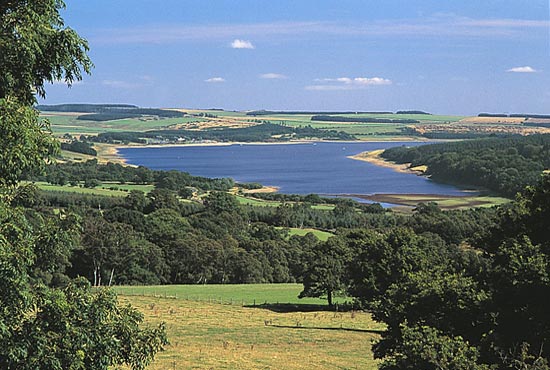
Follow
a haunting note across the Pennines and you’ll find a wind-powered musical
sculpture.
You’ll find the Singing Ringing Tree if you
walk the Wayside Arts Trail from Towneley Park, which takes in the enchanting
Forest of Burnley and boasts spectacular views over east Lancashire, Pendle
Hill and Burnley. Keep your eyes and ears peeled for roe deer, hares, stoats,
short eared and little owls along the way.